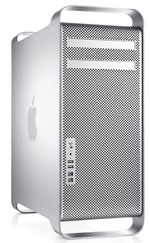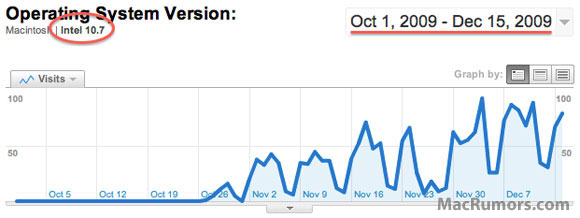Last week, Apple released its annual 10-K report, offering a summary of the company's financial performance and other items of interest for fiscal 2011. One interesting tidbit from the report is gaining some attention for its glimpse into the future, as GigaOM reportson a new research note from UBS analyst Maynard Um addressing Apple's planned capital expenditures (CapEx) for fiscal 2012. From the 10-K report:
"The Company’s capital expenditures were $4.6 billion during 2011, consisting of approximately $614 million for retail store facilities and $4.0 billion for other capital expenditures, including product tooling and manufacturing process equipment, real estate for the future development of the Company’s second corporate campus, and other corporate facilities and infrastructure.
...
The Company anticipates utilizing approximately $8.0 billion for capital expenditures during 2012, including approximately $900 million for retail store facilities and approximately $7.1 billion for product tooling and manufacturing process equipment, and corporate facilities and infrastructure, including information systems hardware, software and enhancements."
The projected 74% increase in capital expenditures is evidence of Apple's commitment to both retail stores other infrastructure needs, many of which are related to Apple's cloud-based initiatives. On the retail front, Apple has noted that it is planning to open forty new retail stores during fiscal 2012, and is also planning to expand or replace a number of its existing stores that are too small to adequately serve customer demand. Other infrastructure needs include cloud-focused facilities like the North Carolina data center where Apple is building a solar farm and the new corporate campus in Cupertino.
Horace Dediu at asymco has taken a different look at Apple's CapEx within the context of iOS device sales, noting that sales have been been closely correlated with CapEx over the past several years. Dediu's conclusion is that the significant increase in budgeted non-retail CapEx points toward Apple expecting yet another year of 100% growth in iOS device unit sales.
If you found this post useful or interesting, don't forget to press the +1 Button












